Finding the Extraordinary in University Grove
University Grove is an eclectic jumble of 20th-century homes situated on tree-lined streets in a secluded area near the St. Paul campus of the University of Minnesota. The 103 architect-designed homes are virtually all owned by University of Minnesota faculty and administrators. Considered by many to be an architectural time capsule, the Grove evolved from a couple of blocks of English Tudor and Colonial homes to eight blocks of contemporary vernacular architecture. In 1928, University vice-president William Middlebrook devised a unique leasehold system in an attempt to attract new professors to the University by offering them high quality, yet affordable housing. Under this scheme, residents build or purchase the home, but the University retains ownership of the land it sits on. The University then leases the land back to residents for between $75 and $200 annually. This arrangement allows the University to control the evolution of the neighborhood without the risk of developing it themselves.
Forward-thinking urban planners suggested in 1928 that rules should be put in place to maintain the character of the Grove. Later that year, a maximum cost for design and construction of homes in the neighborhood was implemented. The maximum cost to build a home in the 1920s and 1930s topped out at $10,000. In the 1950s that ceiling was raised to $27,000, and then in the 1960s, it was increased again to $40,000. The cap on building costs prevented new arrivals from constructing homes larger or more luxurious than their neighbors and ruining the aesthetic of the neighborhood. Likewise, each home in the Grove needed to be designed by an architect—it couldn’t be a builder’s special ranch or split-level home—and all plans needed approval from the University. Fences, outbuildings, and swimming pools were forbidden. Because of these standards, each home has been designed specifically for each lot and chronicles 60 years of urban planning.
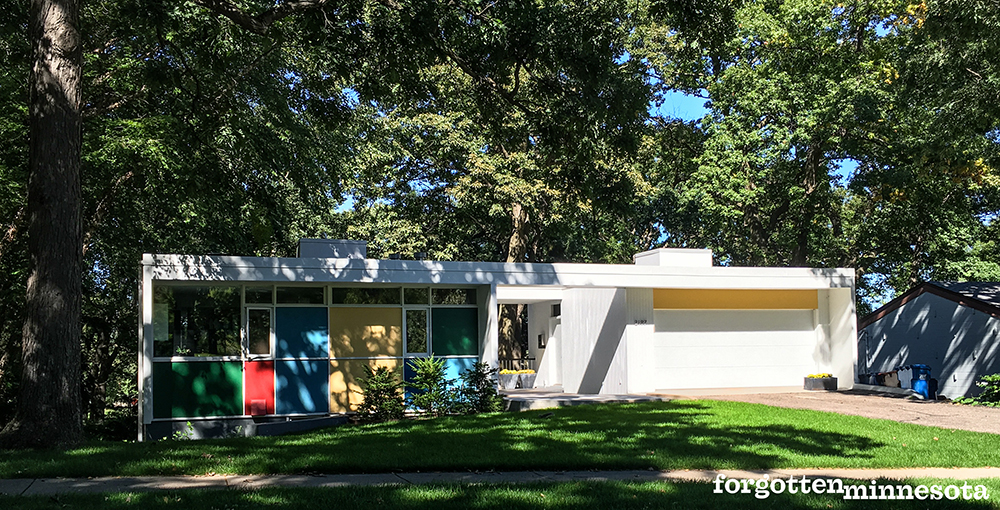
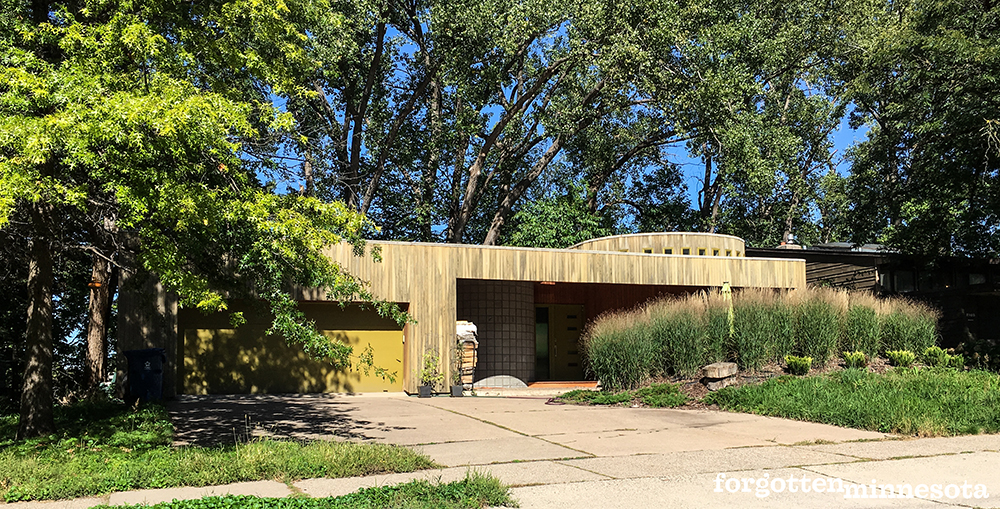
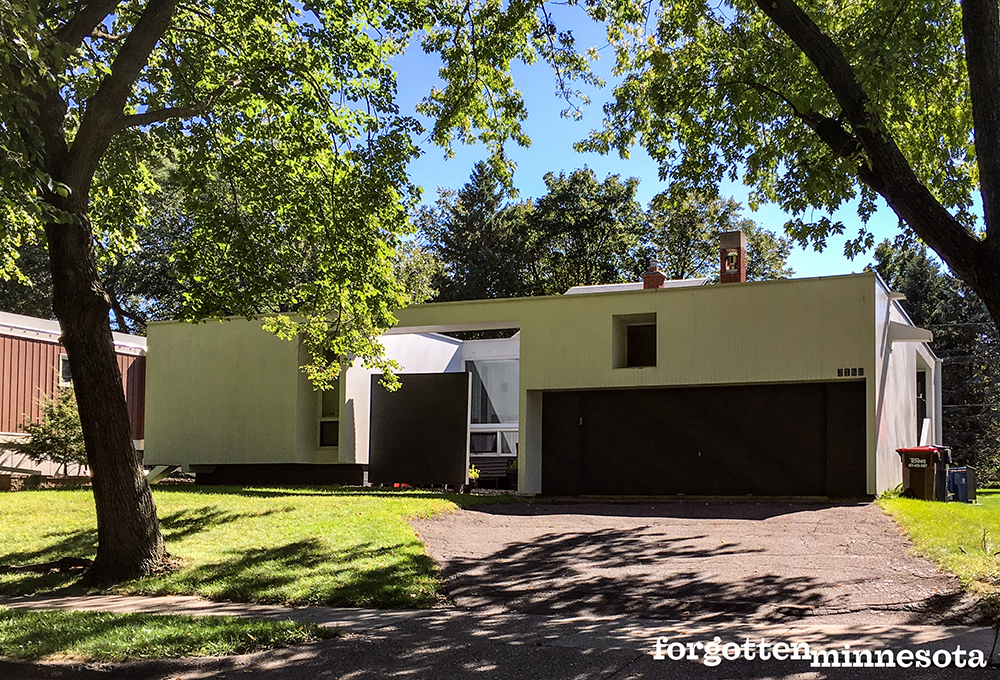
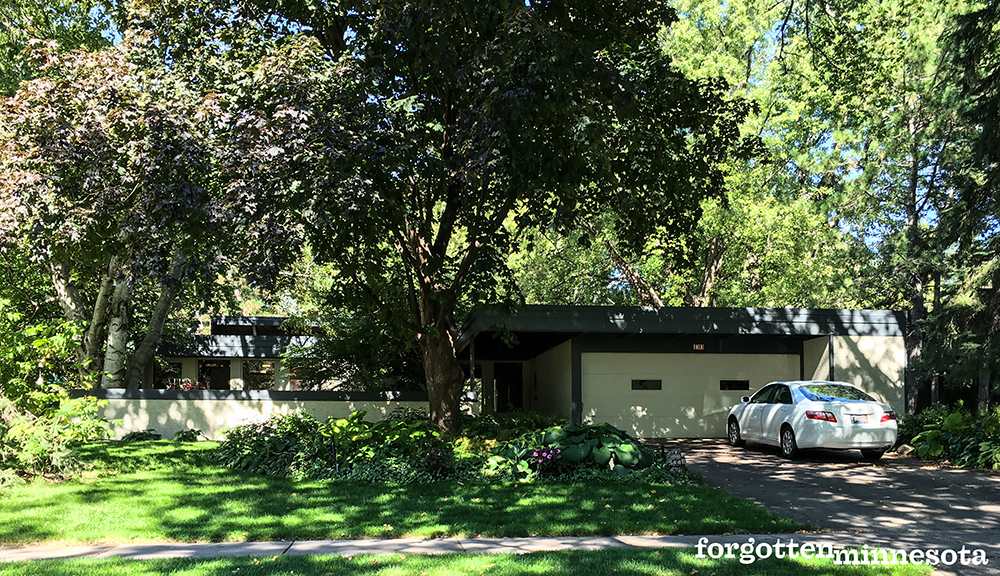
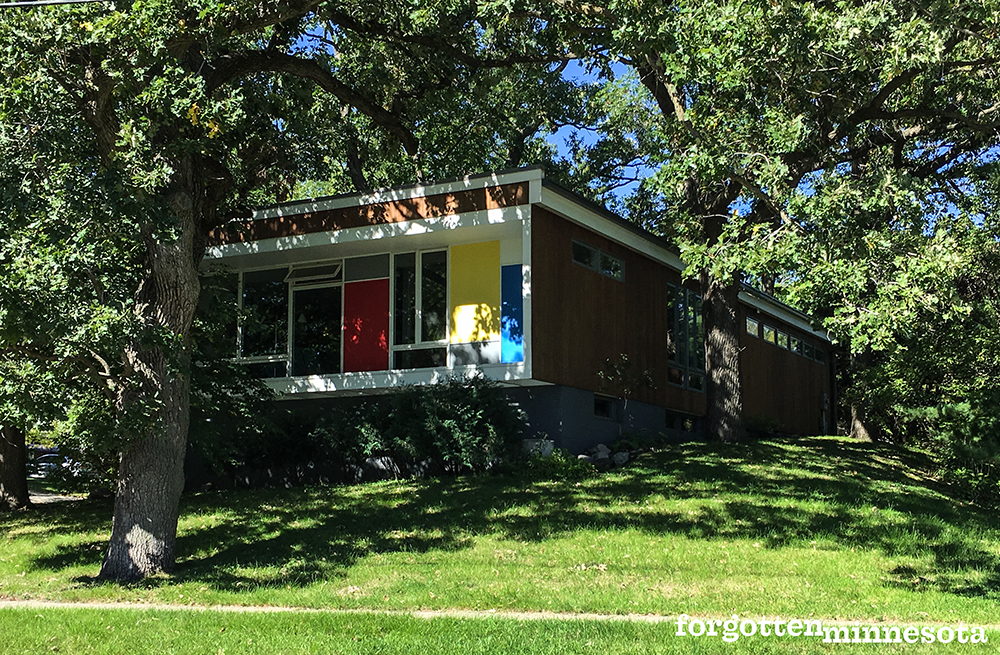
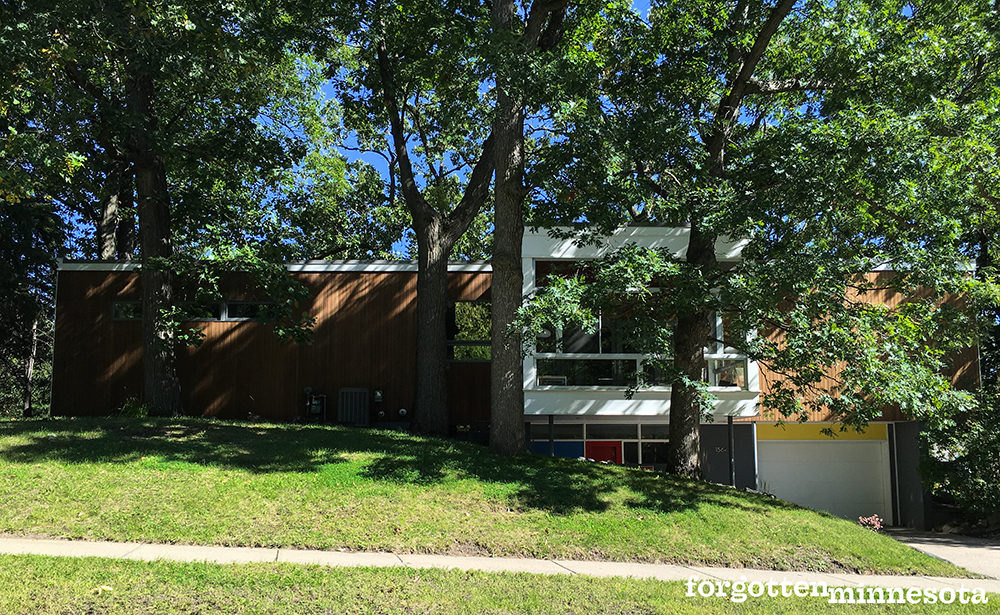
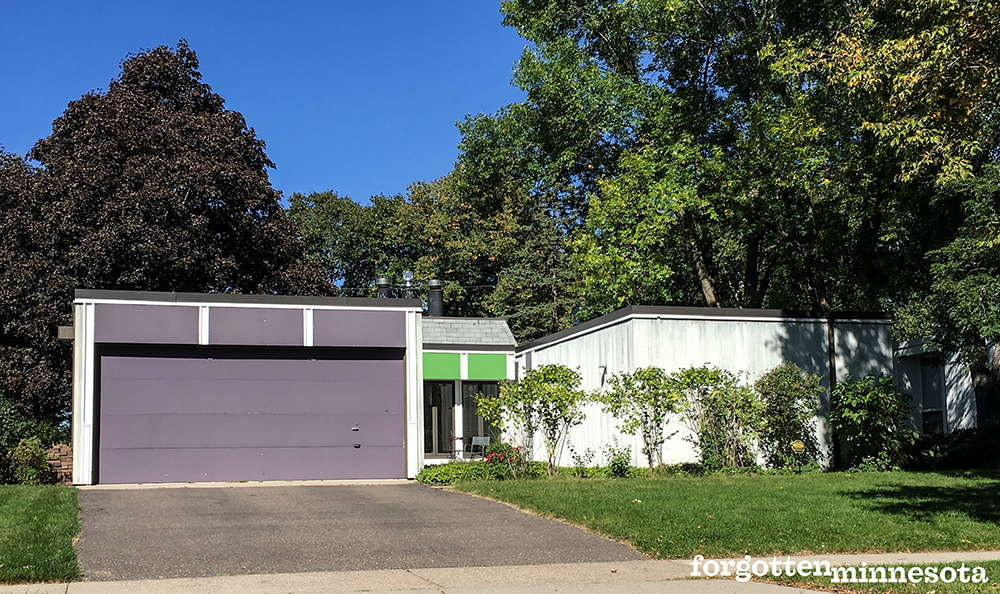
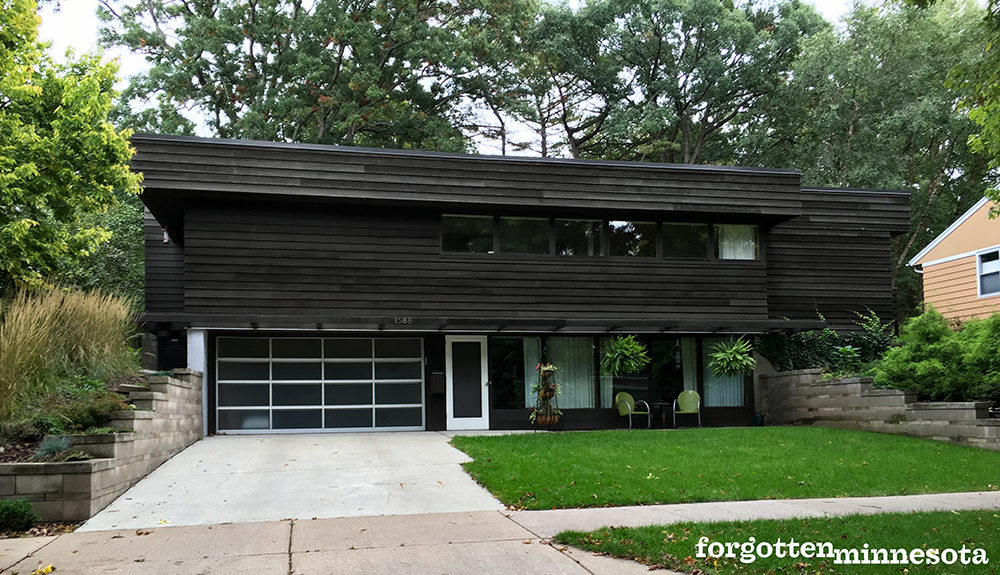
The Grove was conveniently connected to the main campus of the University by a streetcar that ran along the base of Folwell Avenue. The streetcar shuttled professors and administrators to and from campus until the 1950s. The streetcar tracks were eventually pulled up, and a walking path was created in its place.
Soon after World War II came to an end, the Grove acquired new neighbors at its eastern edge. Quonset huts were quickly erected to house the influx of married veterans returning to college on the G.I. Bill. The metal huts were used until the early 1960s when they were razed to make way for a boom of new construction taking place in the Grove. ”Faculty members were ready for something other than Colonial; quite ready,” explained Winston Close, an architect who, with his wife Elizabeth, designed 14 modern houses in the Grove beginning in 1939.
New construction meant that new styles of architecture were being introduced to the neighborhood. Houses designed by thoroughly modern architects such as Ralph Rapson and Winston and Elizabeth Close, and styles that reflected Bauhaus and Prairie Style influences sprung up where the dull Quonset huts once stood. Within those modern houses, the professors wanted the comforts of Minnesota life—easy access to nature and a view of wildlife, as well as cozy studies, fireplaces, and interesting spaces in which to entertain.
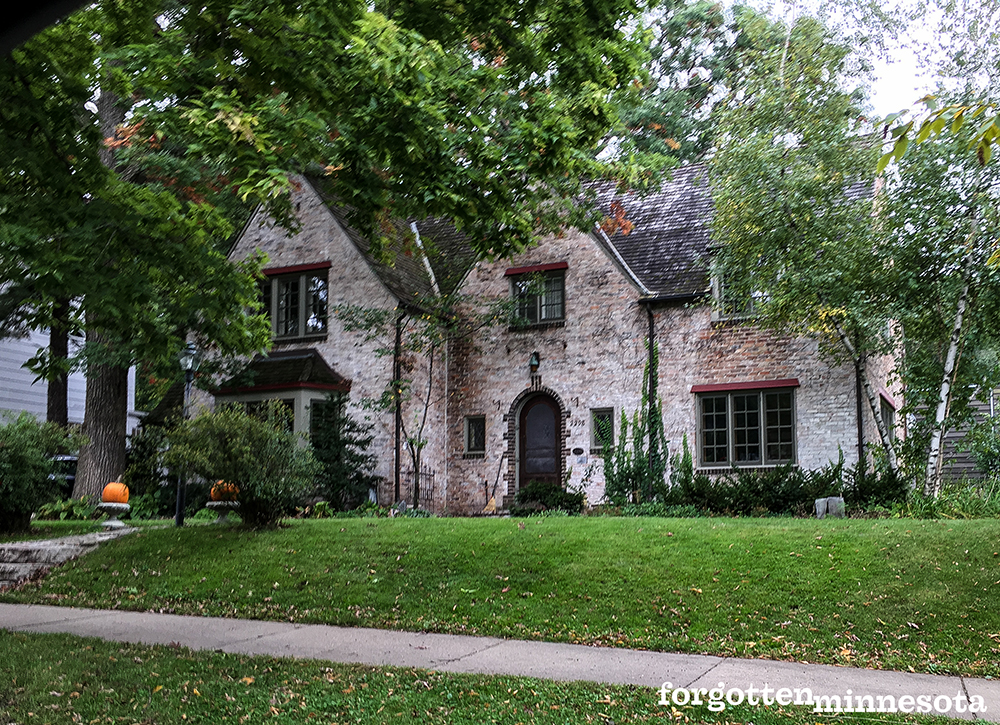
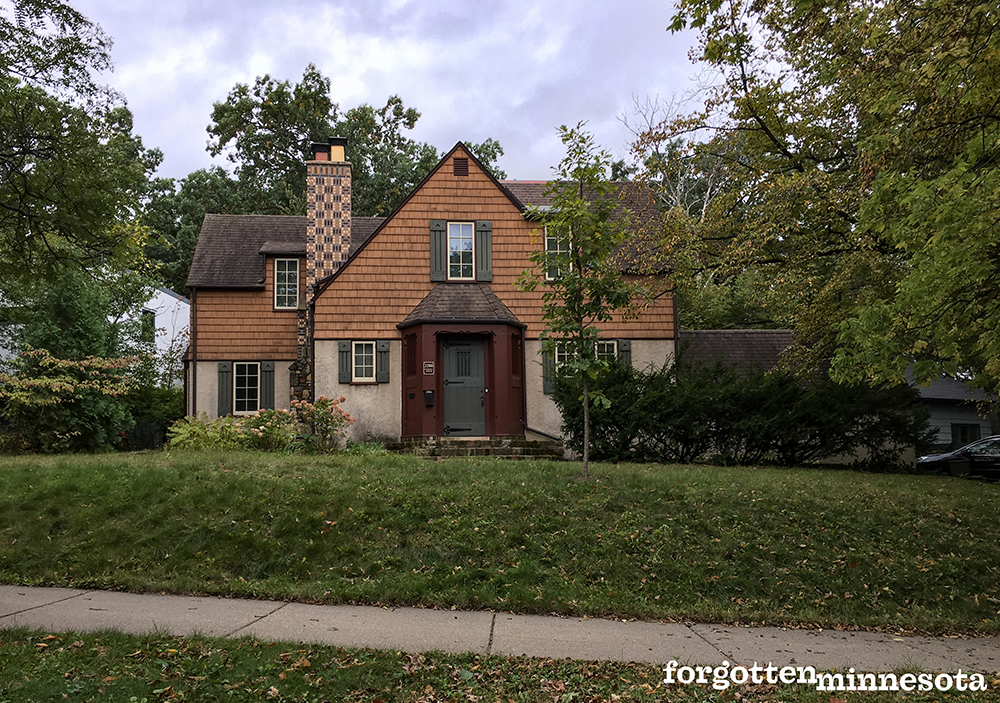
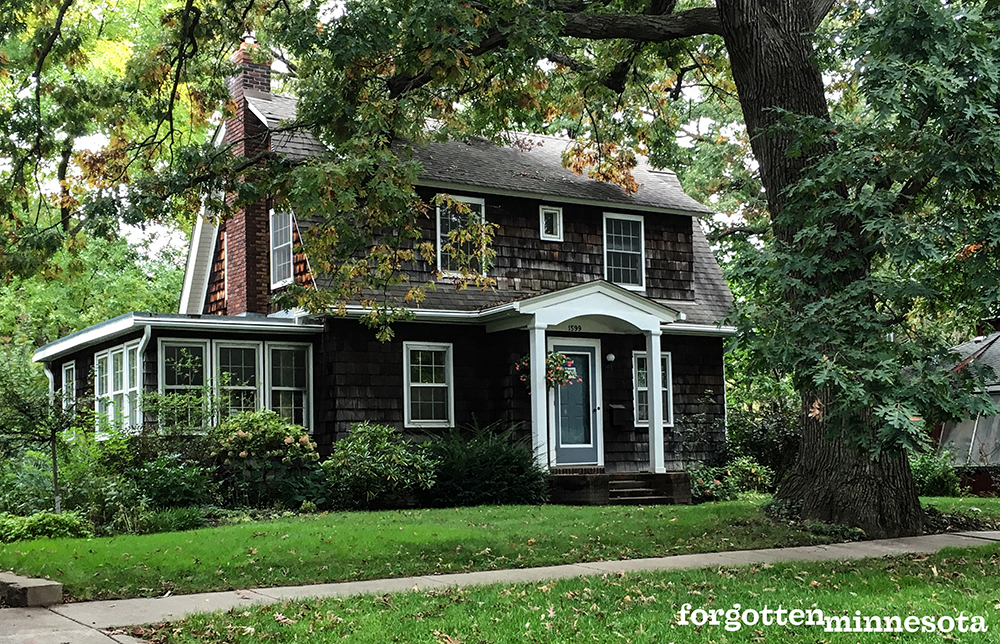
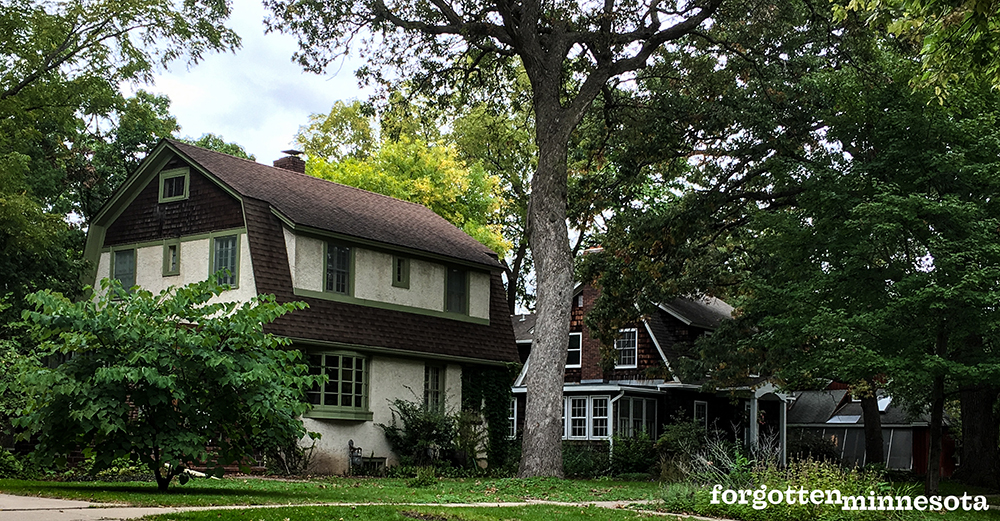
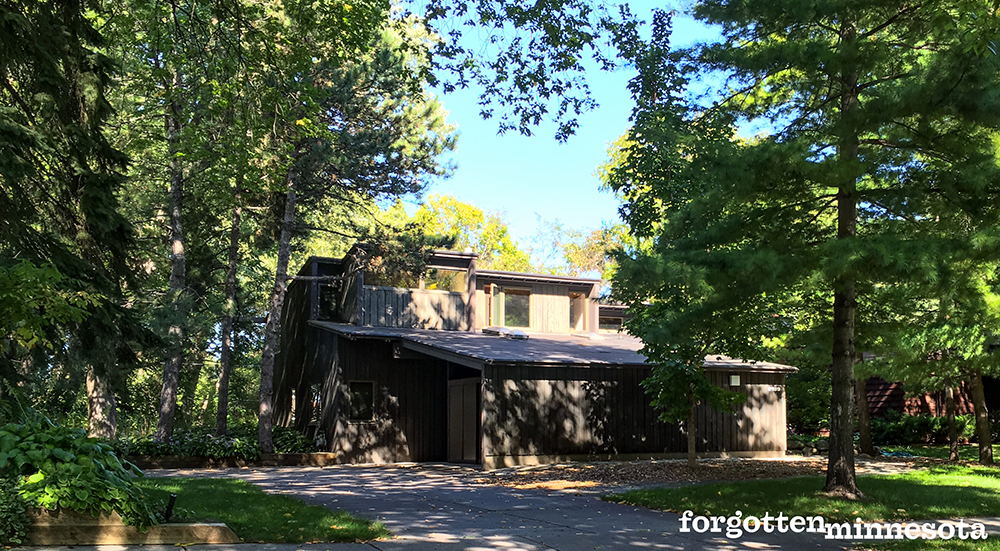
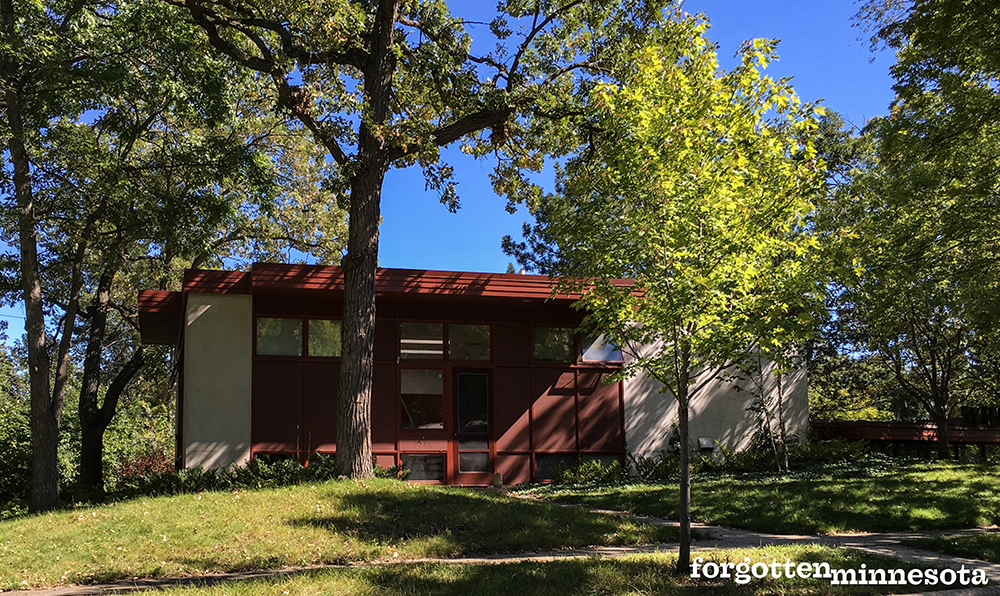
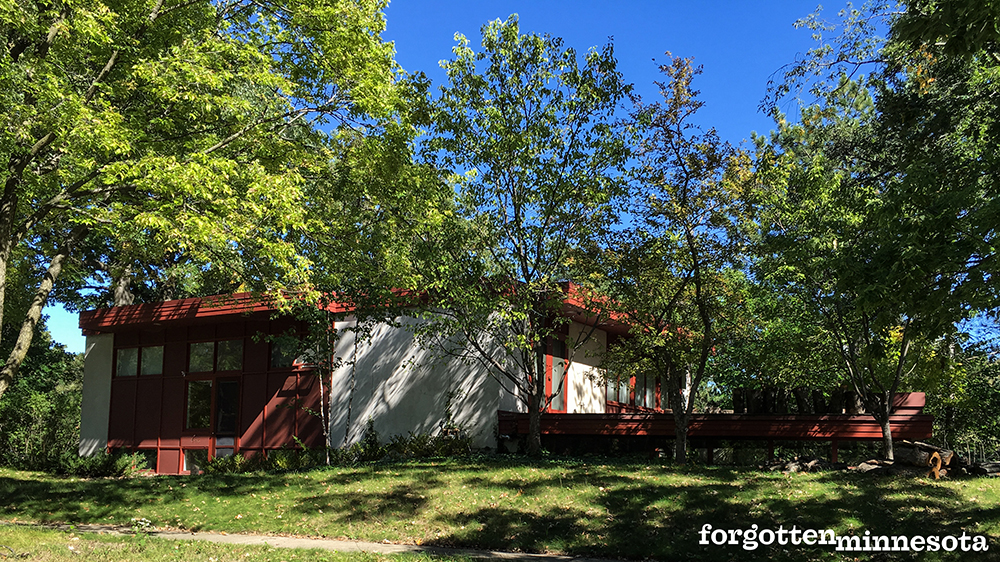
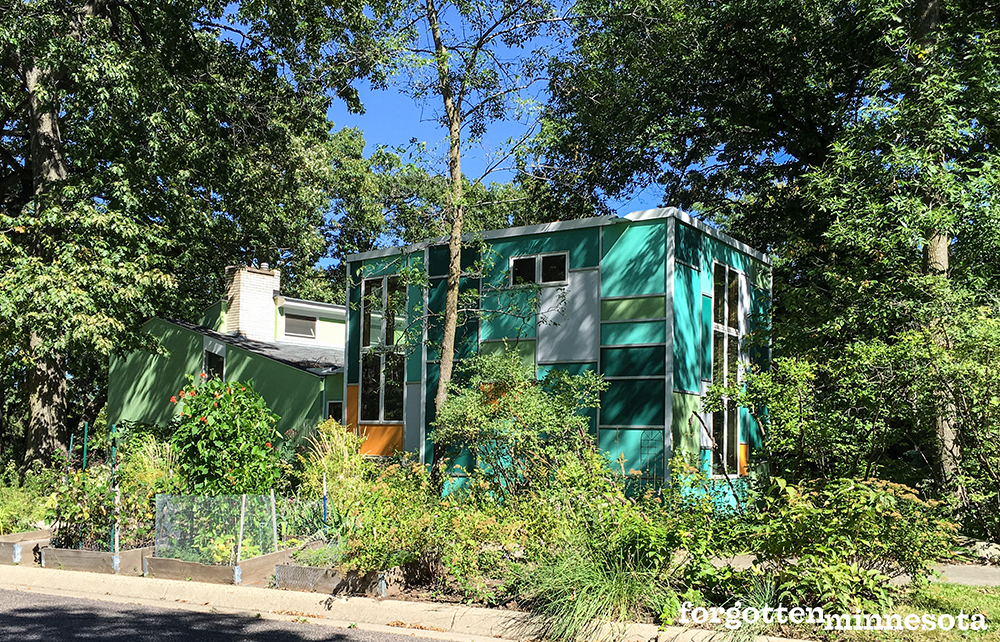
By 1991, no empty lots were available in University Grove. Less than a handful of new houses have been built since then. One of the most recently constructed homes replaced a 1931 classic Tudor-style, half-timbered stucco house home that was lost to fire in the summer of 2010. It is estimated that nearly 90 percent of the homes in the Grove are still owned by residents affiliated with the University. However, many claim that it is no longer possible for a faculty member, much less a young professor, to afford a house in the Grove on their salary alone. Today, a family must make a combined income well into six figures to purchase a home in the neighborhood. Further, turnover in the Grove is slow. Only a few houses hit the market each year because many of the young families that moved to the neighborhood in the 1960s are now retirees who have stayed in their homes.
In early 2000, residents considered seeking historic designation for the entire neighborhood. A committee was put together to discuss the pros and cons of the designation, aided by the University. The distinctive architecture covering many decades, innovative urban planning from the 1920s, and unusual arrangement between the University and homeowners justified the designation. However, residents voted against pursuing the matter later that same year.
